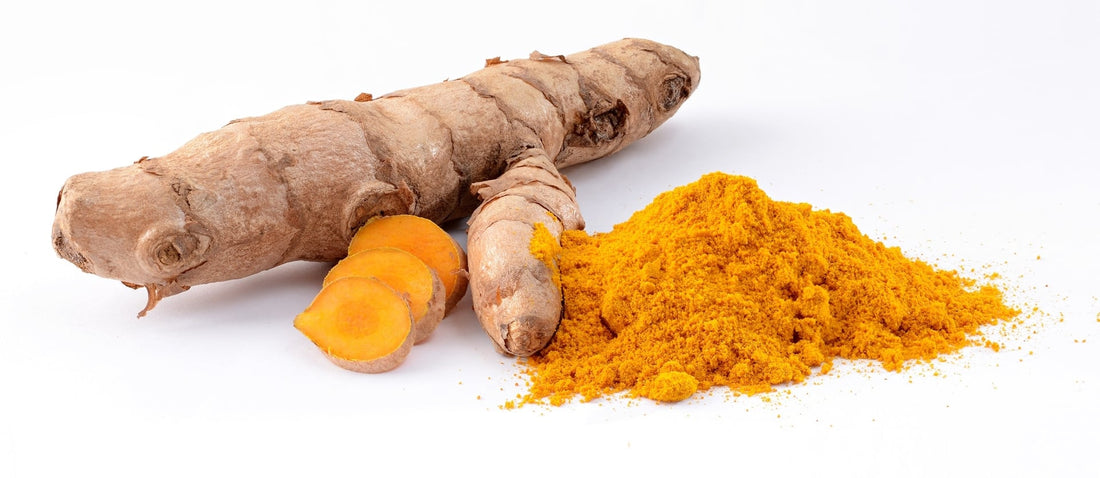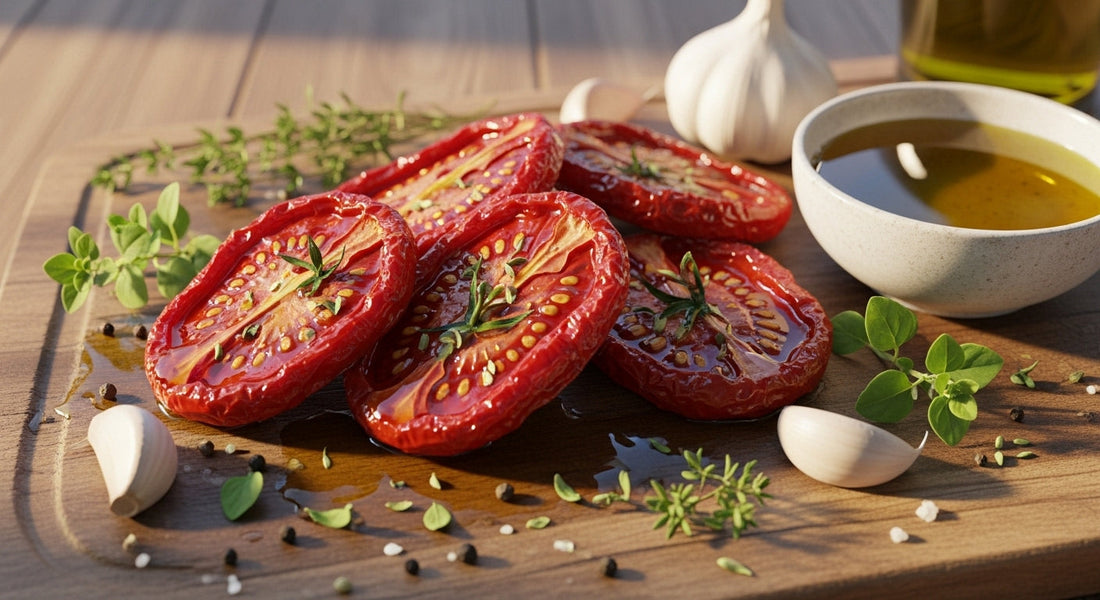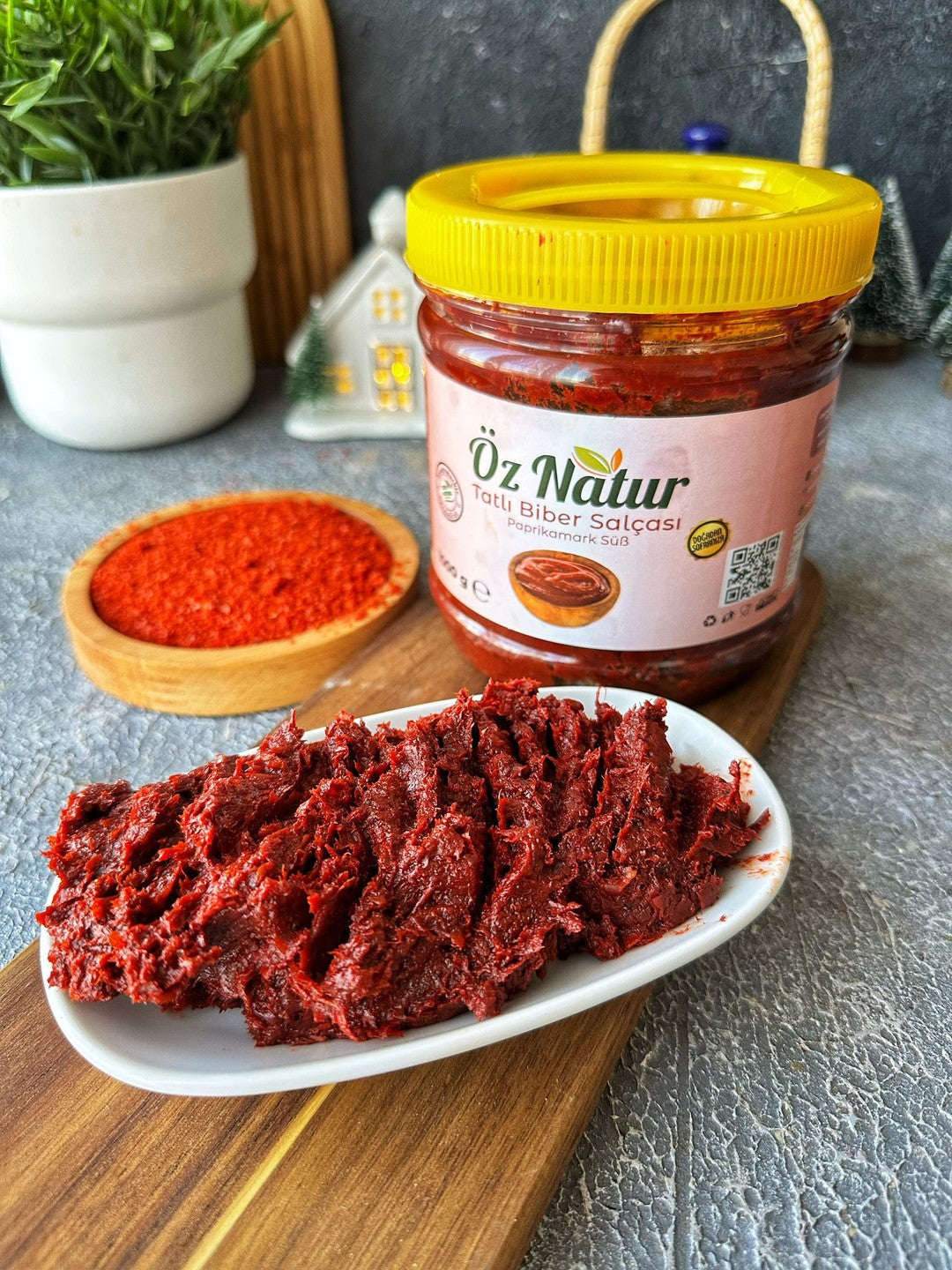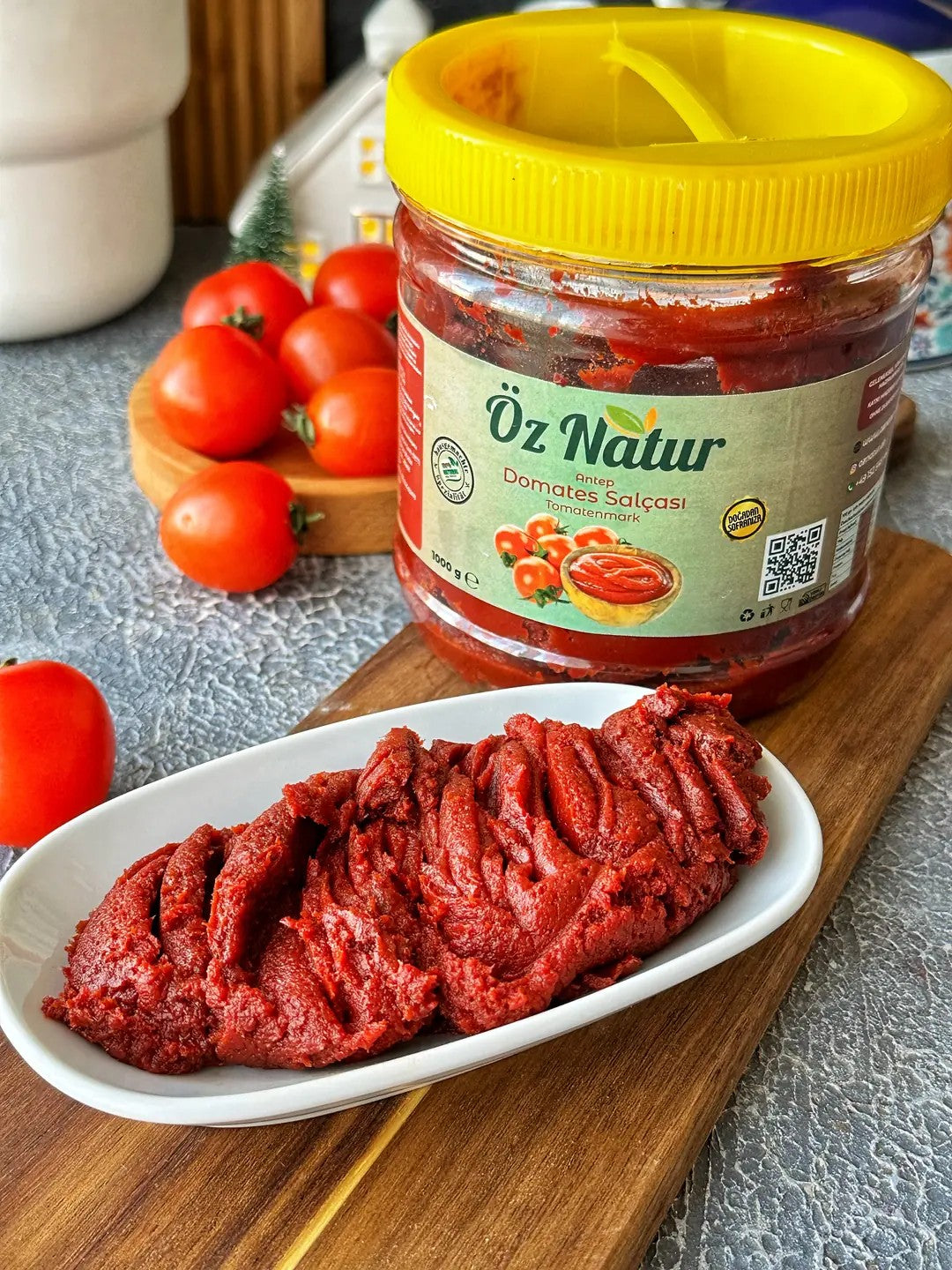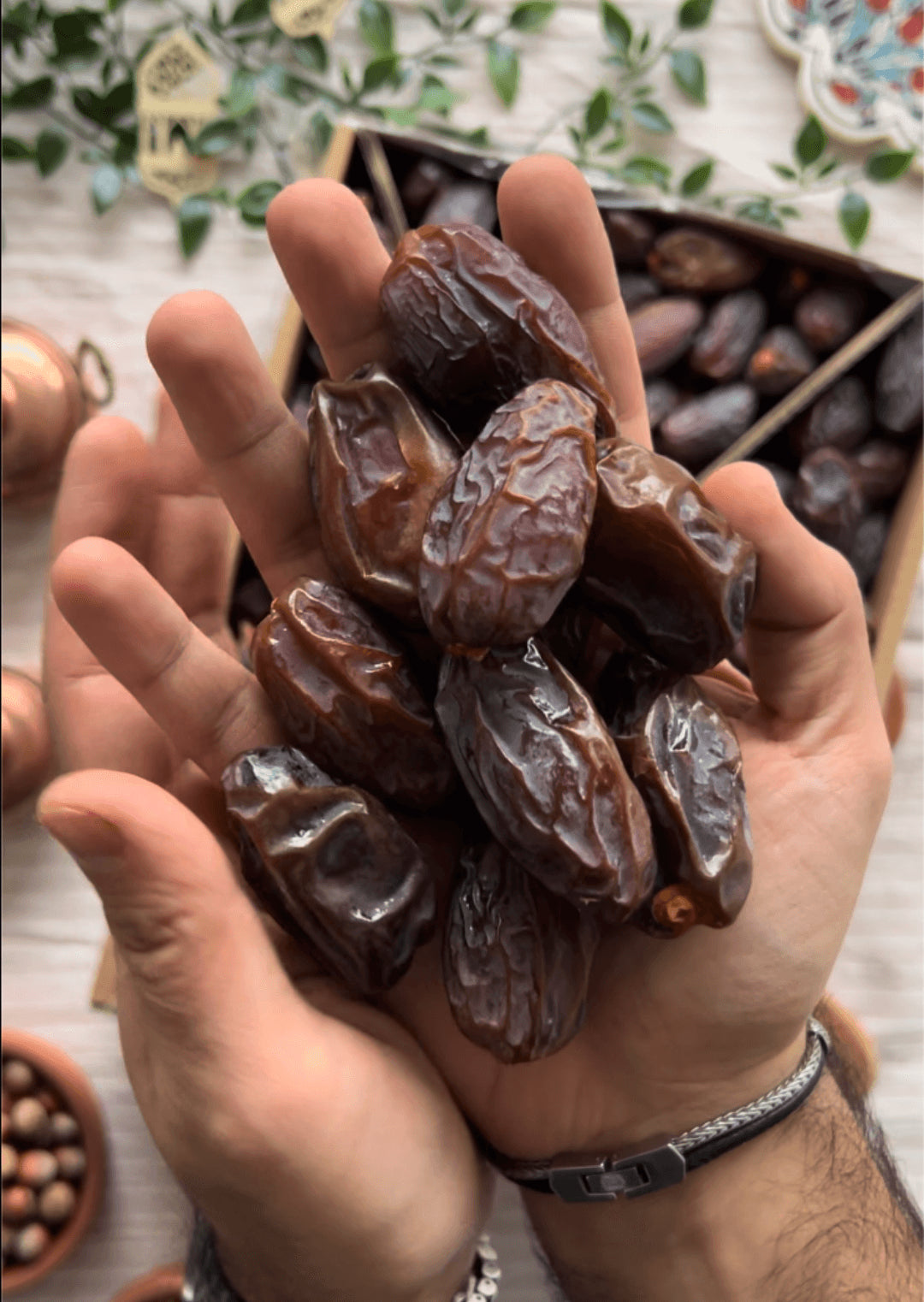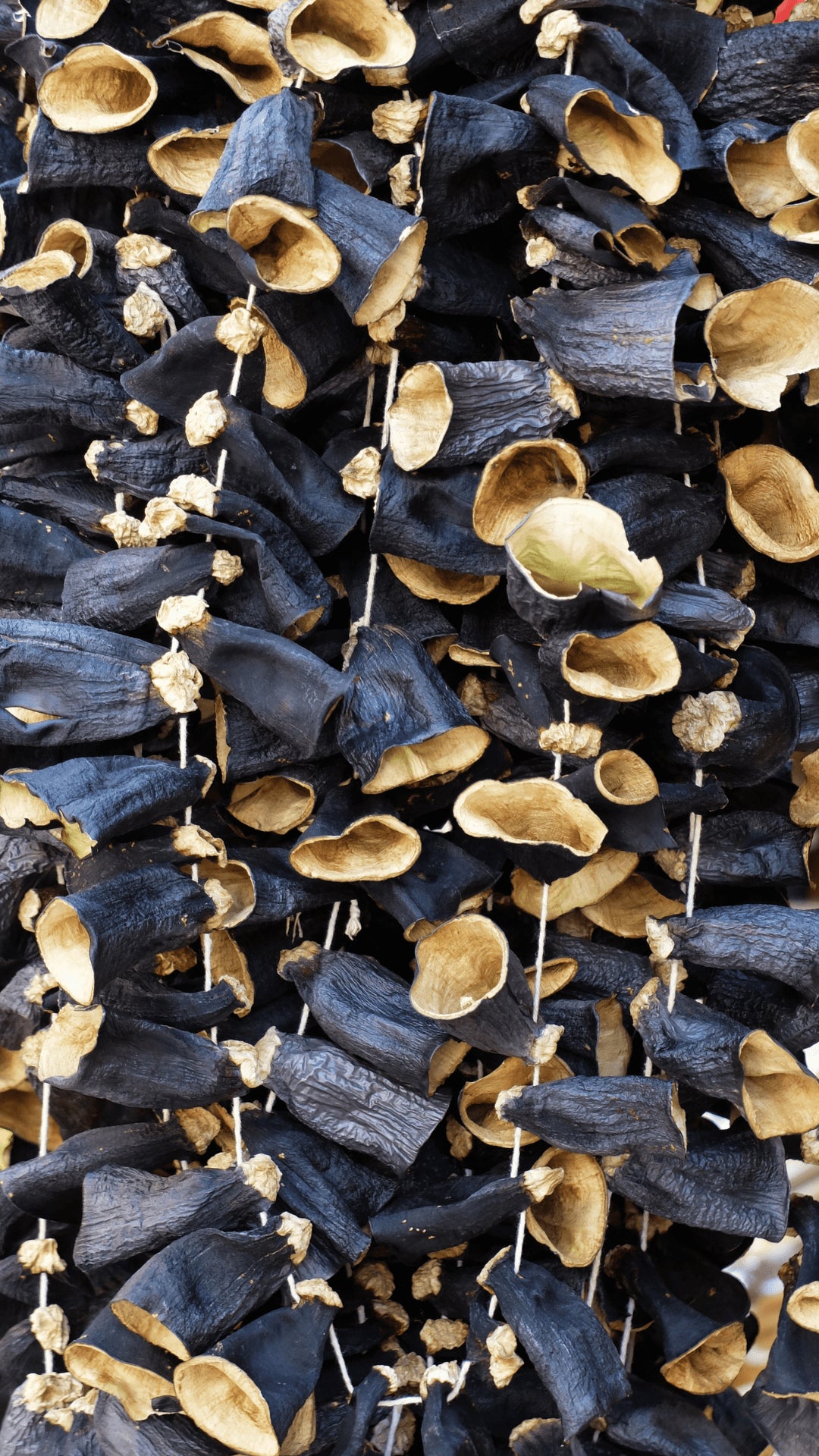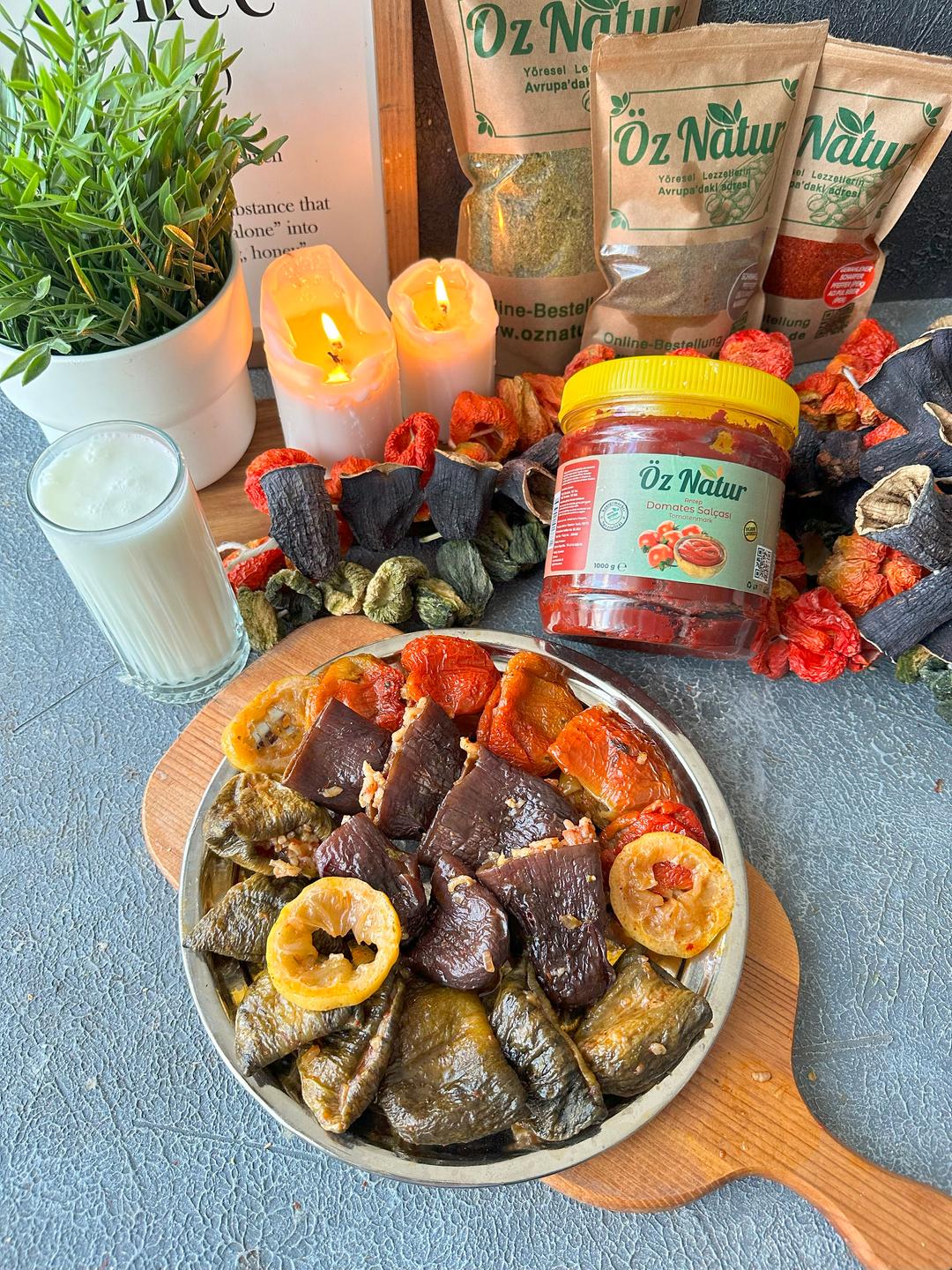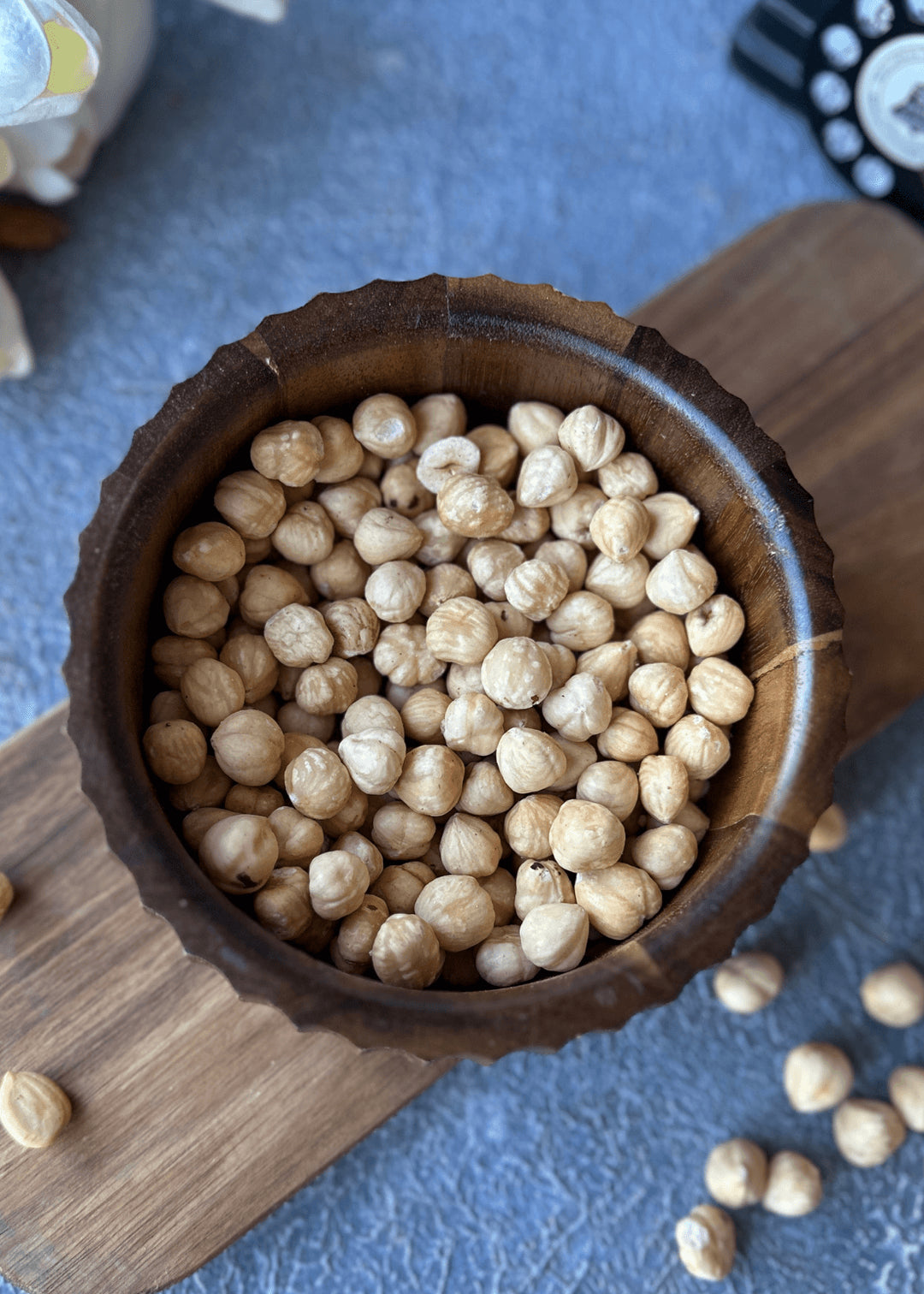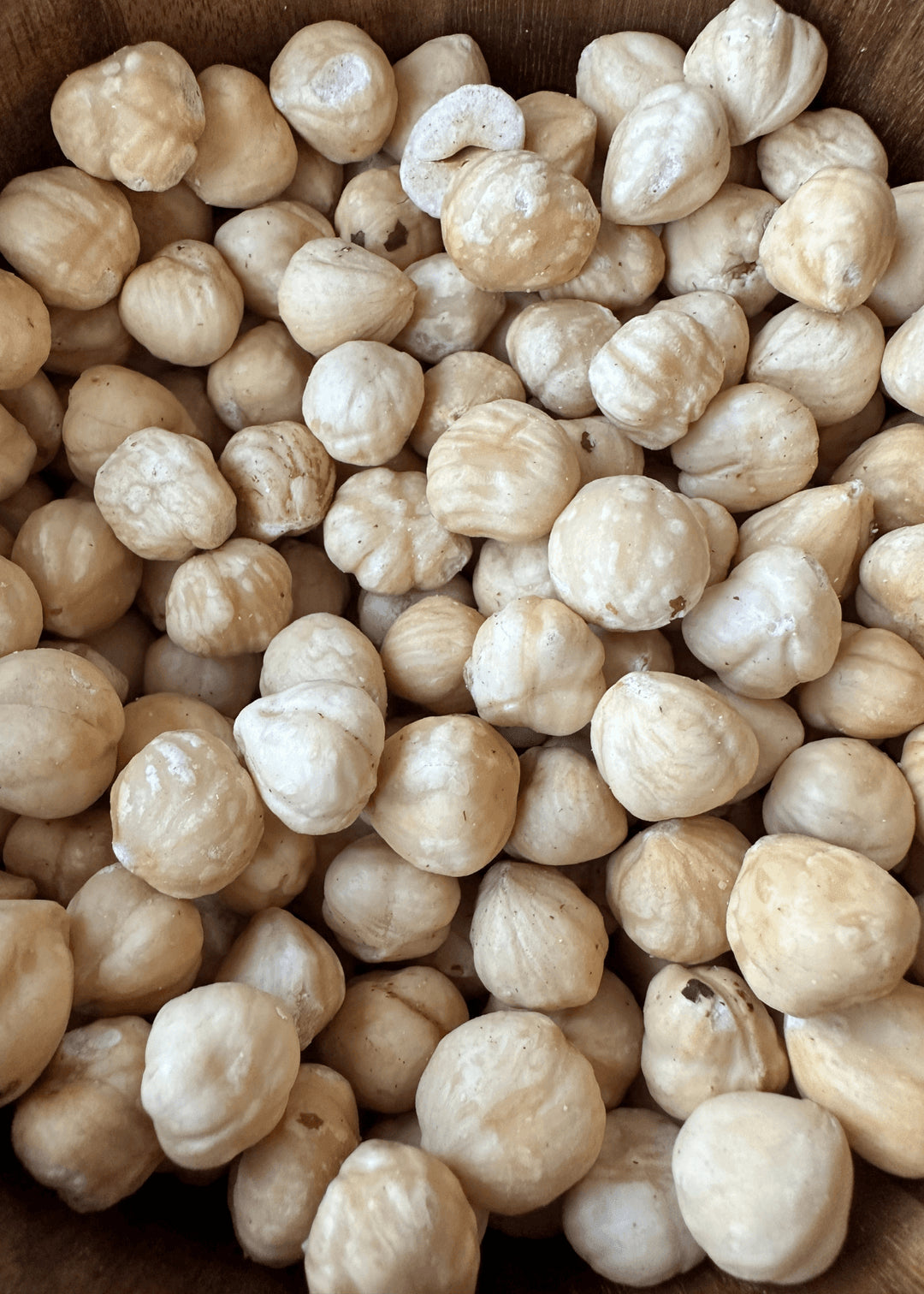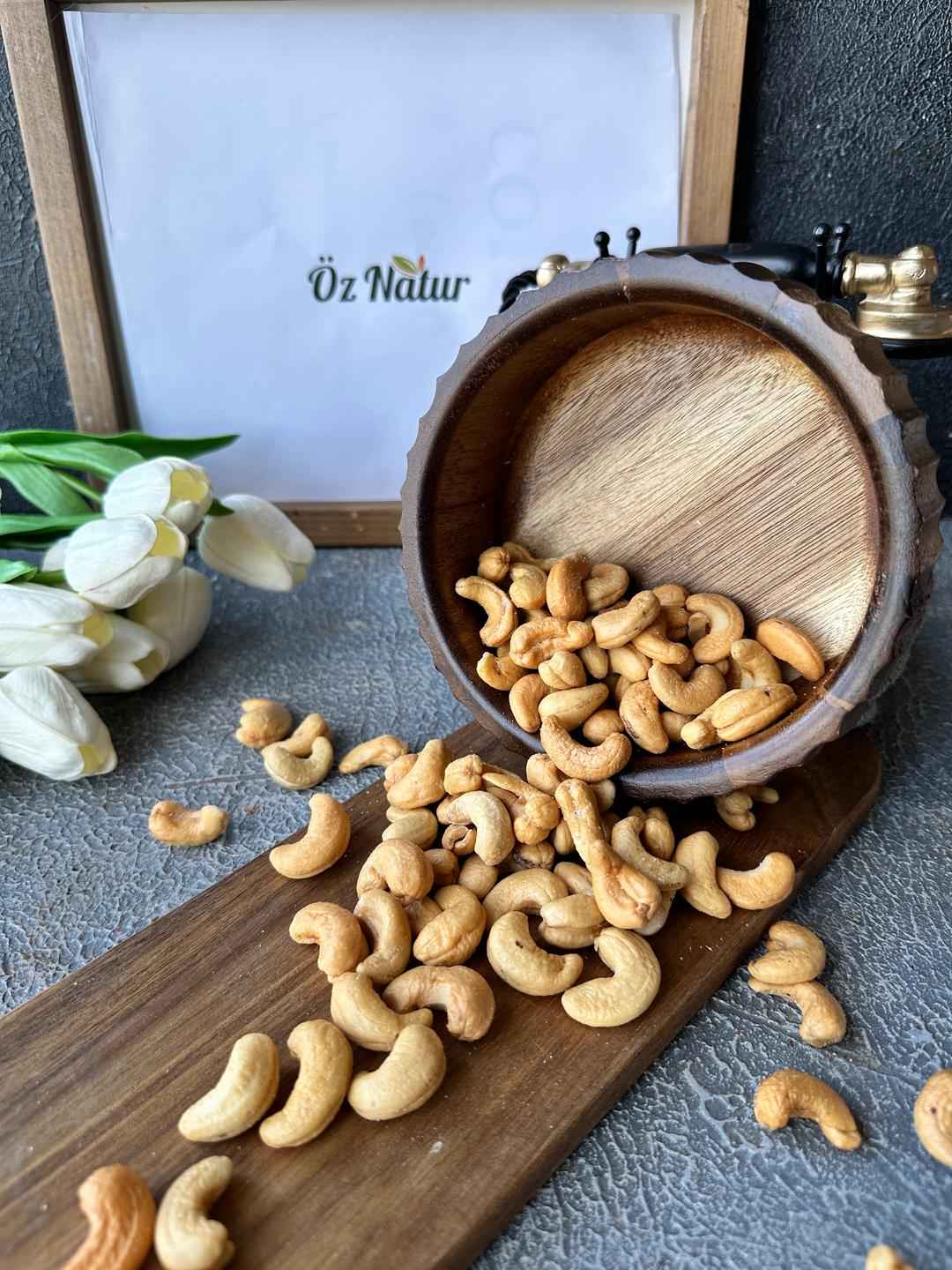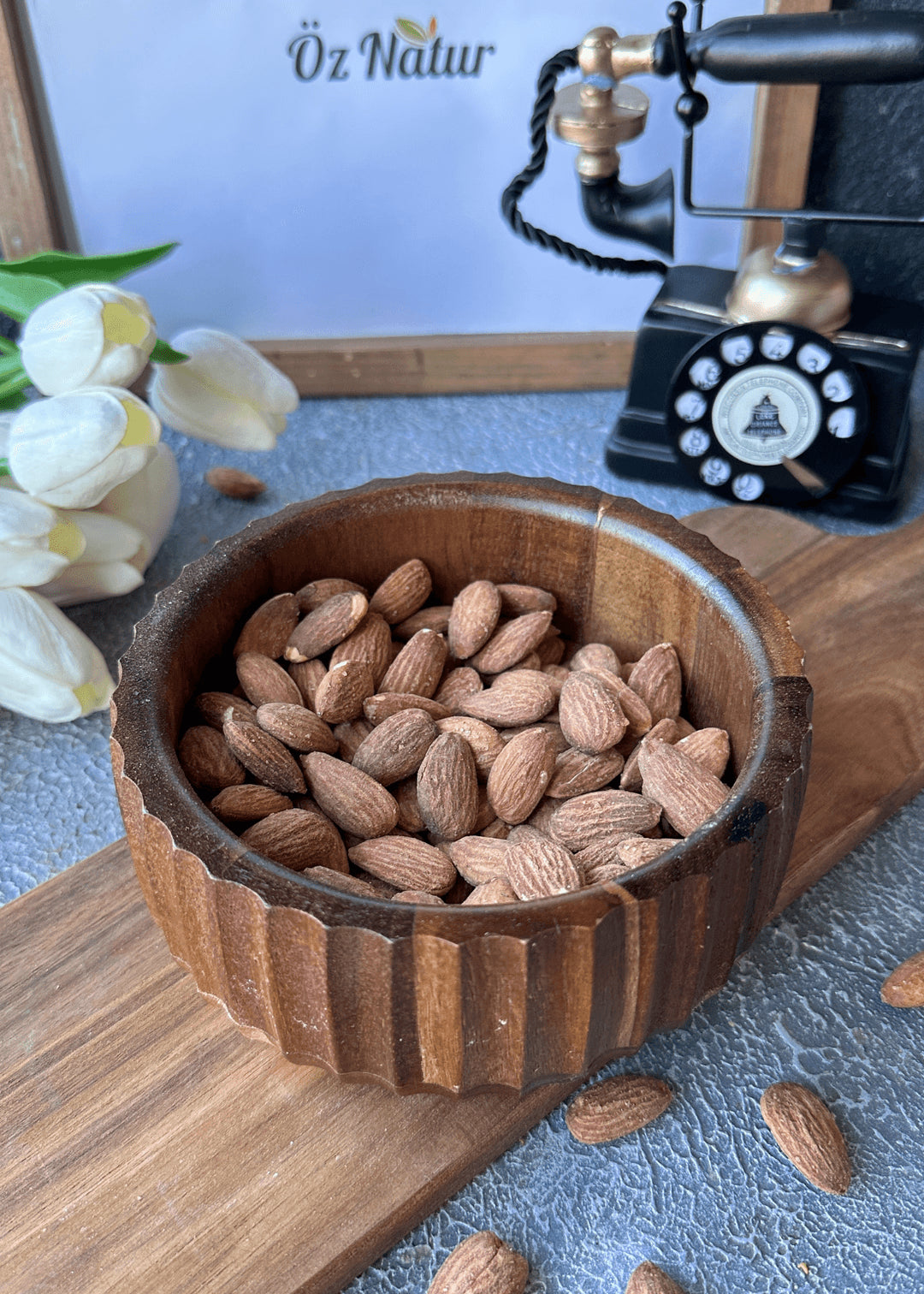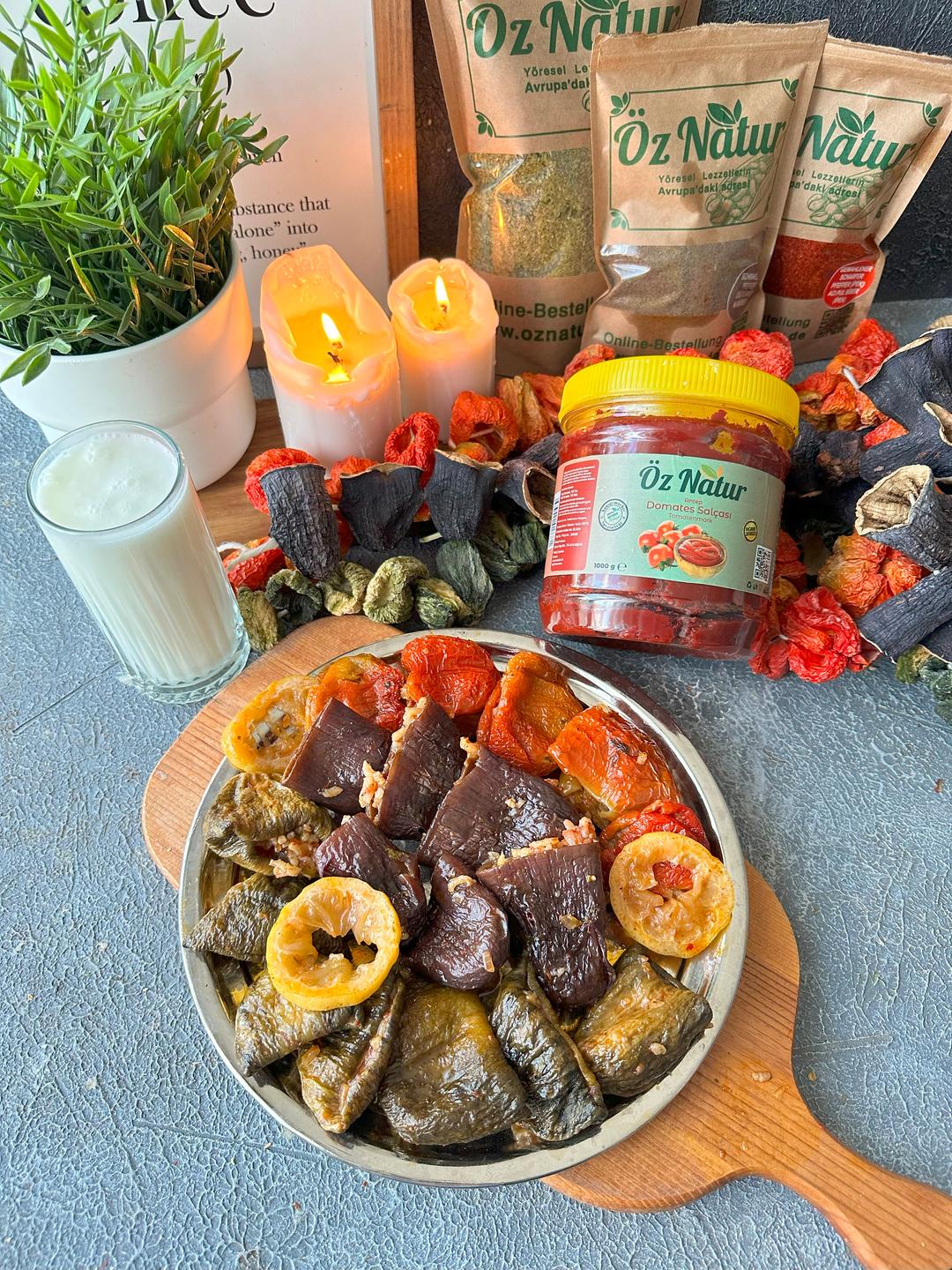Chestnut honey is known for its strong aroma, dark color, and slightly bitter taste. It is a distinctive variety of honey that is often used in Mediterranean and Turkish cuisine. Due to its unique flavor profile, it is enjoyed both on its own and as an ingredient in various dishes and beverages.
Characteristics of Chestnut Honey
Chestnut honey is produced from the nectar of chestnut blossoms and is easily recognized by its dark amber color and bold, earthy taste. Unlike lighter honeys, it has a slightly bitter and tangy note, which makes it particularly appealing to those who prefer a more intense flavor. Its aroma is rich and lingering, making it a popular choice for enhancing both sweet and savory recipes.
Chestnut Honey in the Kitchen
This honey can be enjoyed in many different ways. It pairs well with bread, cheese, yogurt, and muesli. In hot drinks such as tea or milk, chestnut honey adds a pleasant depth of flavor. It is also widely used in baking, where it enriches cakes, cookies, and pastries with its distinctive taste. In savory cooking, chestnut honey can be added to marinades, sauces, or salad dressings to provide a balanced sweetness with a hint of bitterness.
How to Consume Chestnut Honey
Chestnut honey can be eaten plain for those who appreciate its strong flavor or combined with other foods for a milder experience. A drizzle over fresh fruit or nuts makes for a simple yet flavorful snack. It can also be spread on warm bread or mixed into breakfast bowls for an aromatic touch. Thanks to its versatile nature, chestnut honey can be easily adapted to both traditional and modern culinary uses.




